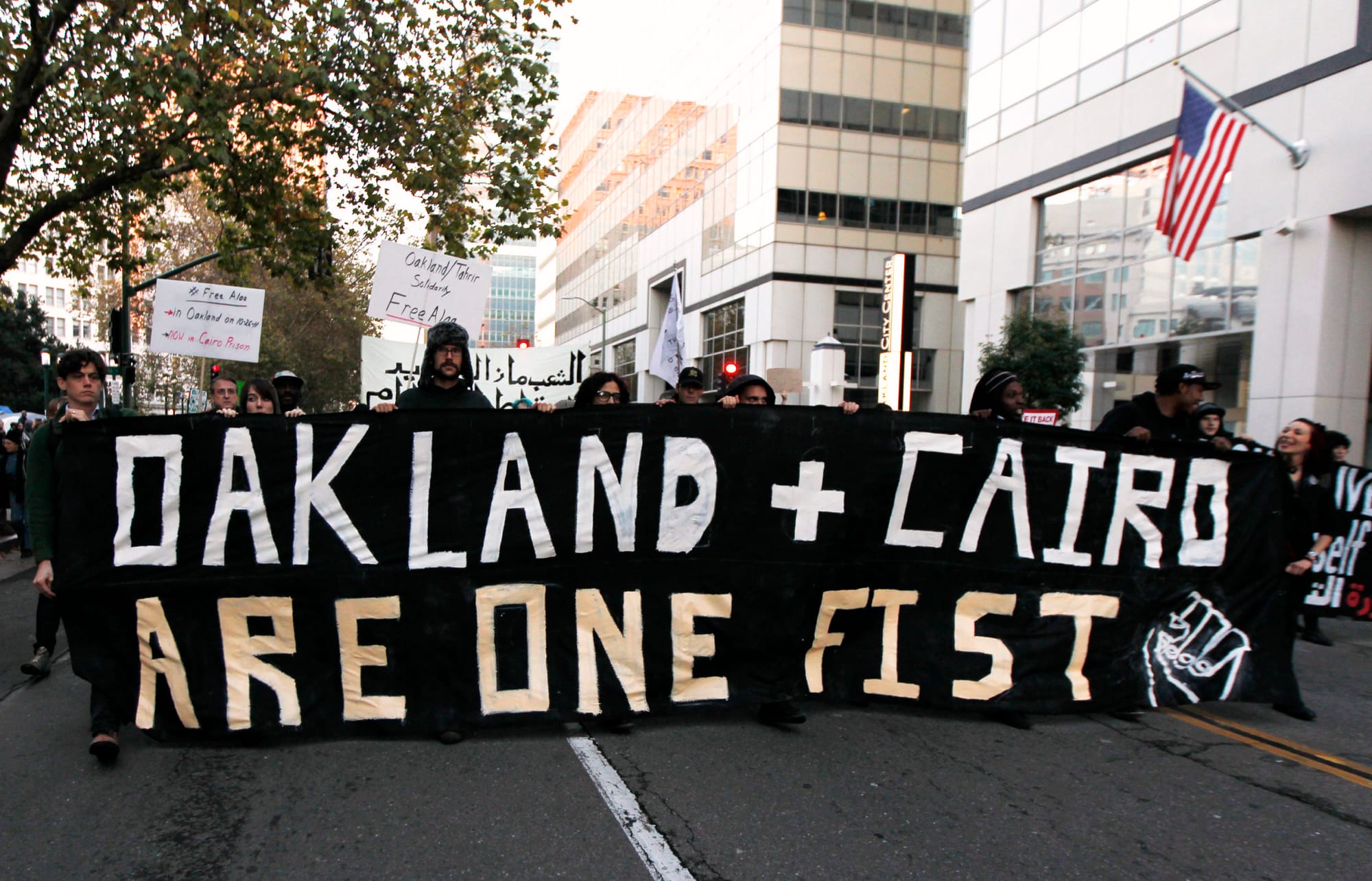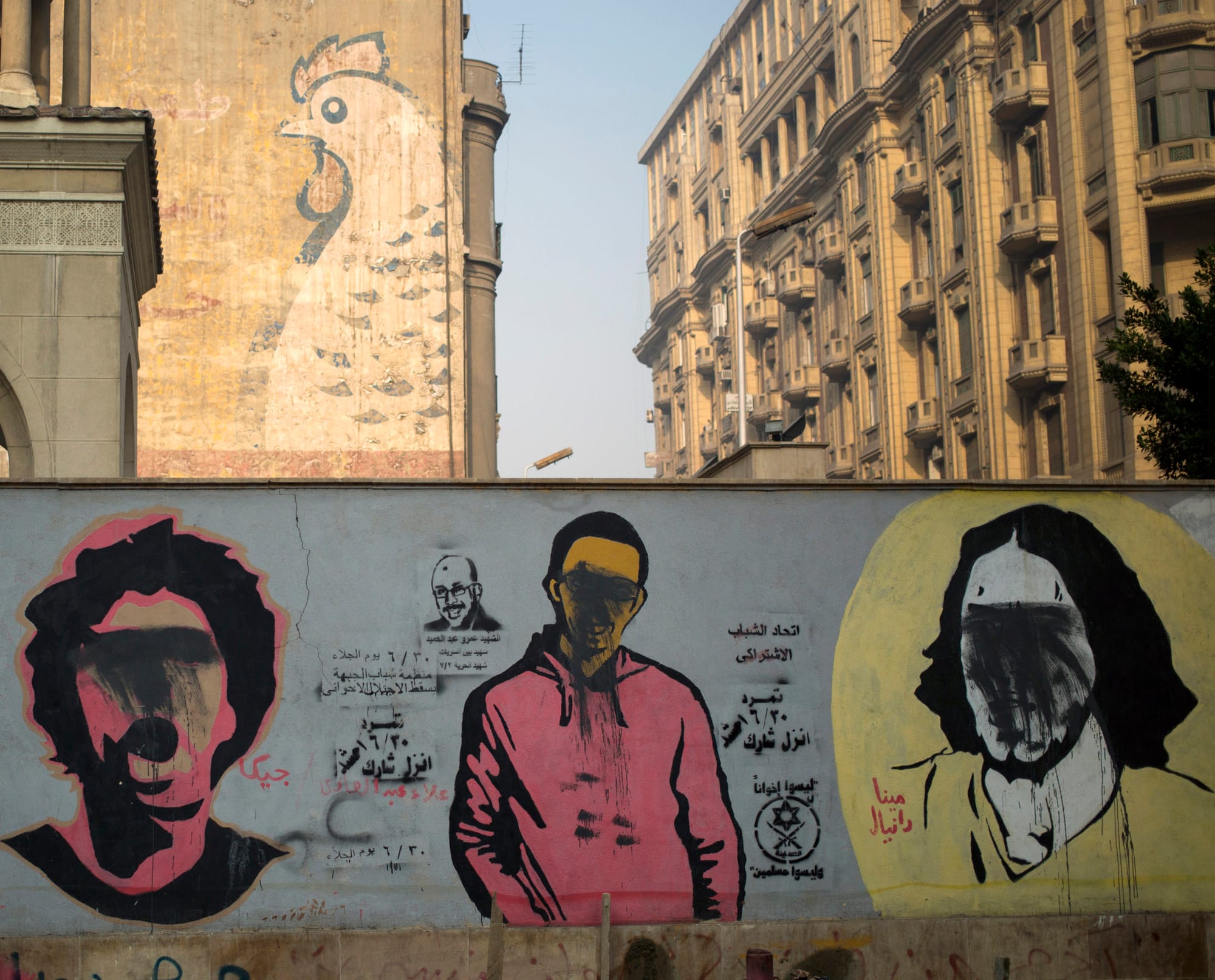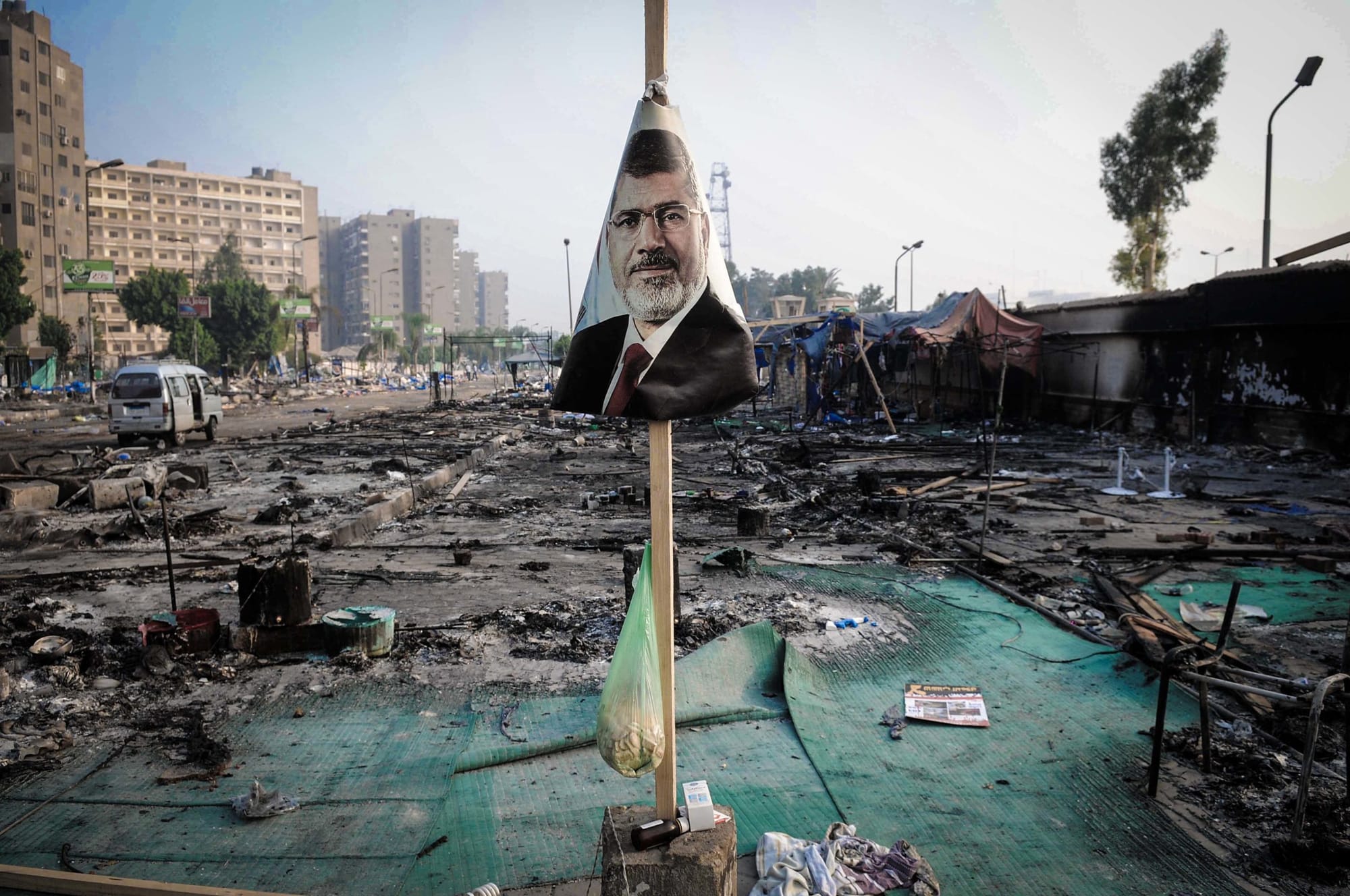Egypt From Icon to Tragedy
When masses of people assembled in Egypt’s public squares and succeeded in toppling President Husni Mubarak in 2011, the world went a little bit mad. That an urban uprising unseated one of the contemporary world’s most favored autocrats became freighted with symbolism. The two-week occupation of Tah













